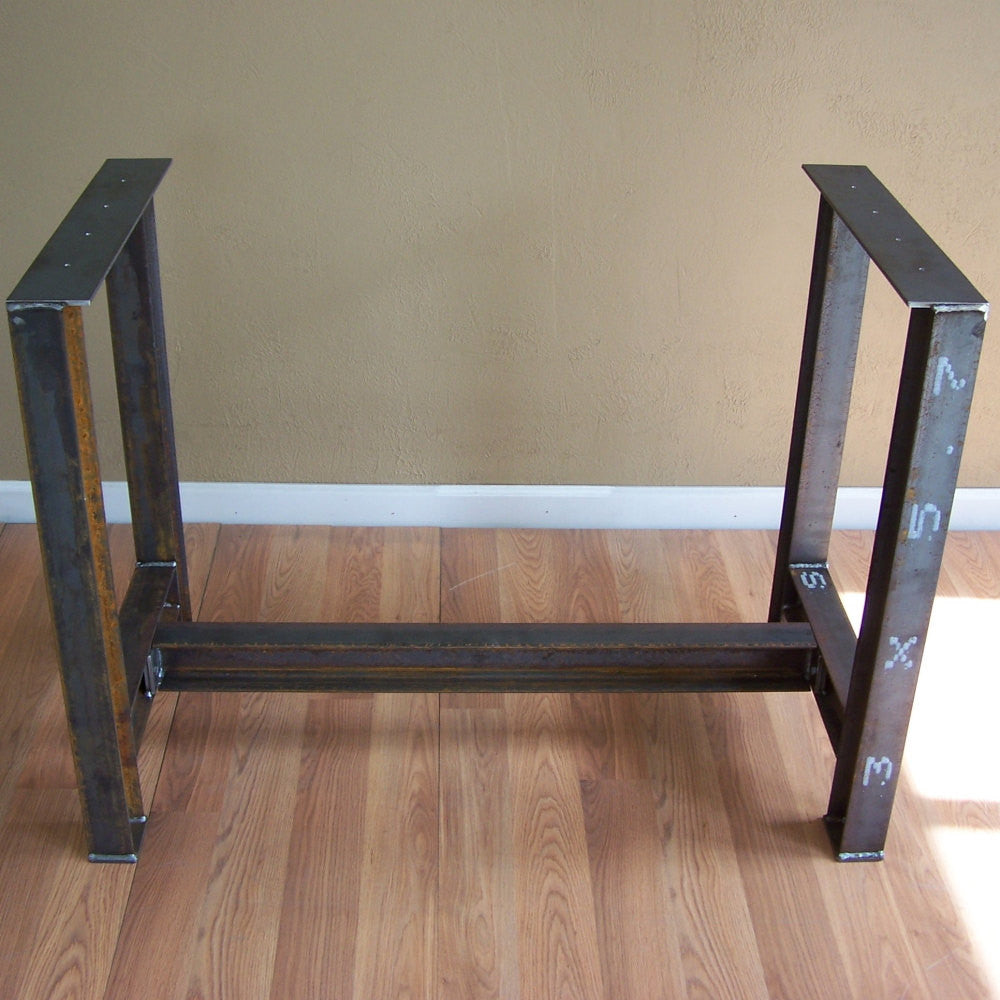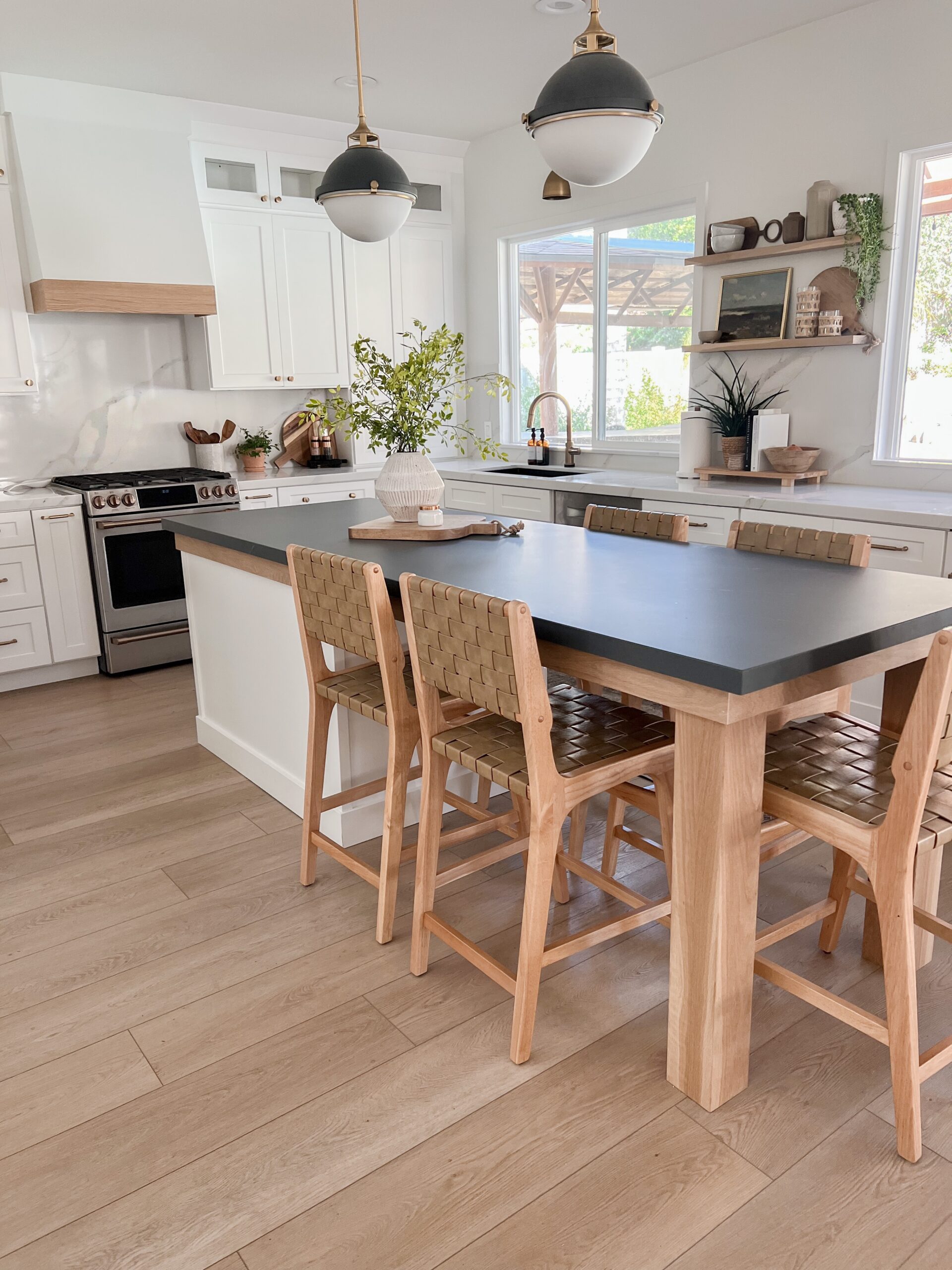Produce a Stunning Centerpiece with Classy Legs For Kitchen Island
Produce a Stunning Centerpiece with Classy Legs For Kitchen Island
Blog Article
An Overview to Choosing the Perfect Legs For Kitchen Area Island for Your Home
Picking the perfect legs for your kitchen area island is a nuanced choice that influences both the functionality and visual charm of this main room. Variables such as height, materials, and style play a vital duty in integrating your island with the total kitchen design. Additionally, comprehending the value of security and upkeep can considerably influence your option. As you think about these aspects, it comes to be noticeable that the appropriate legs can change not just the appearance of your cooking area but also its usability for years to come. What particular features should you prioritize in this selection procedure?

Comprehending Kitchen Island Legs
When picking legs for a kitchen area island, it's essential to comprehend their functional and aesthetic roles in the general layout. The legs serve as a critical support group, making sure security and toughness for the island, which frequently works as a work space, dining area, or collecting area. The selection of material and construction method need to be durable adequate to withstand daily use and possible wear.
Along with their architectural obligations, legs add substantially to the island's aesthetic appeal. They can enhance the cooking area's design, whether via typical, modern, or eclectic styles. The height and proportion of the legs are additionally important factors to consider; they need to balance with the island's countertop elevation while making sure comfortable seating for those making use of the area.
Additionally, the leg style can influence the overall flow of the kitchen area. Open, airy leg styles can produce a feeling of agility, while solid, considerable legs might share a much more based and stable visual - Legs For Kitchen Island. Understanding these functional and visual elements will assist house owners in making notified options that match their kitchen area's layout and boost its functionality
Popular Styles and Materials
The option of legs for a cooking area island includes a selection of preferred styles and materials, each offering distinct features that can improve both capability and aesthetics. Traditional legs commonly display luxuriant information and workmanship, enhancing timeless cooking area designs.

Elevation and Stability Considerations

The legs of the kitchen area island ought to give ample assistance, guaranteeing that the framework can stand up to daily use without changing or tottering. Product selection plays a significant function in stability; steel legs, for instance, tend to offer better toughness contrasted to timber.
Matching Your Kitchen Area Aesthetic
Choosing the best legs for your cooking area island goes beyond capability; it likewise plays a significant duty in the total visual of the area (Legs For Kitchen Island). When useful link selecting legs, take into consideration the design style of your cooking area.
Color is one more important element. Legs that match or contrast with your island's surface area and bordering cabinets can produce visual harmony or striking prime focus. Coupling dark wood legs with a light marble counter top can include depth and passion. In addition, take into consideration the finish of the legs; matte, shiny, or distinctive finishes can considerably impact the general feeling of the kitchen area.
Installation and Upkeep Tips
Setting up kitchen island legs calls for cautious interest to information to make sure both security and aesthetic allure. Begin by selecting a suitable area for your island, ensuring it is level and has enough room for motion. If you are affixing the legs to a wall surface or making use of braces for added support, make use of a stud finder to situate wall surface studs. Mark the positioning of the legs accurately before boring.
When securing the legs, make use of top notch screws and, if necessary, wood glue for additional toughness. For steel legs, make certain that you are using proper anchors and tools to protect against damages to your flooring. It is a good idea to look for levelness after installment, making modifications as needed to prevent wobbling.
Upkeep is similarly important for longevity - Legs For Kitchen Island. Regularly check the legs for any type of indicators of wear or loosening, specifically in high-traffic locations. Tidy the legs with an appropriate cleaner, avoiding abrasive materials that might scratch the surface area. For wood legs, consider using a timber conditioner periodically to maintain their coating. By following these installment and maintenance pointers, you can make certain that your kitchen area island legs remain both visually attractive and useful.
Conclusion
Finally, selecting the proper legs for a cooking area island demands cautious consideration of elevation, security, and aesthetic compatibility. By selecting ideal materials and styles that align with the overall kitchen layout, functionality can be improved while keeping visual charm. Correct setup and continuous upkeep better add to the durability and long life of the cooking area island. Eventually, thoughtful leg option plays an essential duty in elevating both the practicality and layout of the kitchen area room.
When choosing legs for a kitchen area island, it's essential to understand their functional and aesthetic roles in the general design. Open, airy leg styles can produce Going Here a feeling of agility, while solid, substantial legs might share an extra based and steady aesthetic. The legs of the cooking area island must give appropriate support, guaranteeing that the structure can stand up to daily use without shifting or tottering.Installing kitchen area island legs needs careful attention to information to guarantee both stability and visual charm.In conclusion, choosing the suitable legs for a kitchen island requires cautious consideration of elevation, stability, and visual compatibility.
Report this page